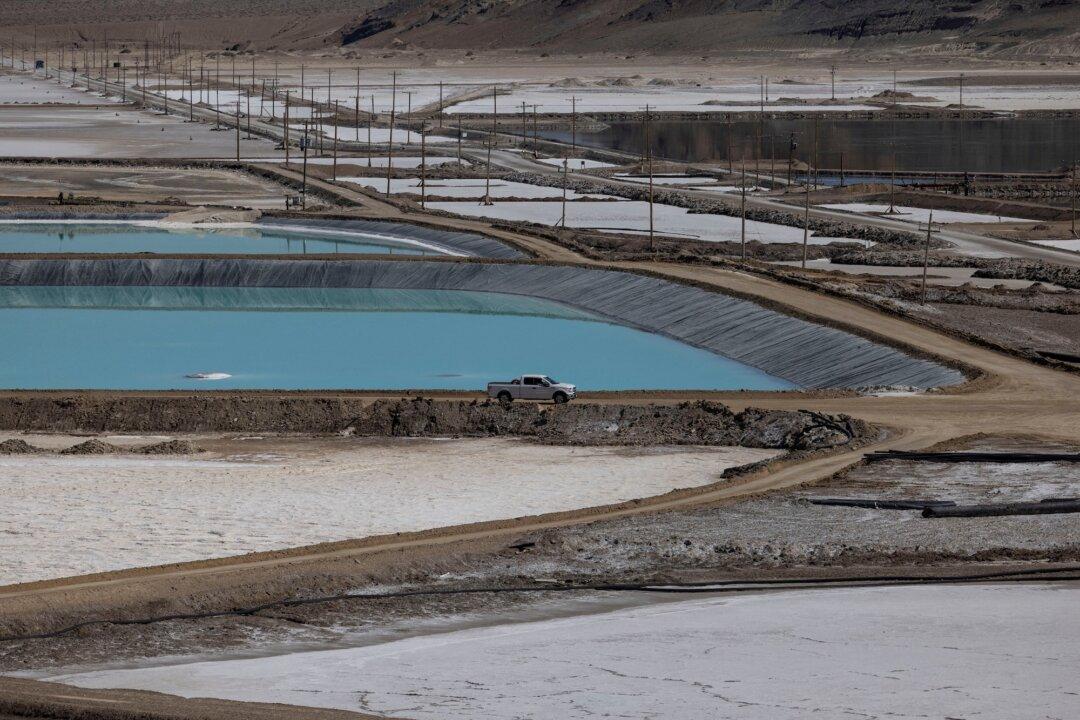Confidence among American consumers fell in February to a seven-month low as inflation expectations surged, according to the University of Michigan’s Surveys of Consumers, underscoring household concerns that price pressures may take longer to dissipate.
“The decrease was pervasive, with Republicans, Independents, and Democrats all posting sentiment declines from January, along with consumers across age and wealth groups,” Joanne Hsu, director of Surveys of Consumers, said in a statement.
Meanwhile, households’ expectations for inflation over the next year jumped to 4.3 percent—the highest level since November 2023—up from 3.3 percent in January. Over the next five years, they anticipate inflation averaging 3.3 percent, marking the highest reading since June 2008, up slightly from 3.2 percent last month.
All five components of the consumer sentiment index declined, with a 12 percent drop in durable goods buying conditions, according to the University of Michigan data. Hsu attributed this in part to concerns that it may be too late to avoid the potential negative impacts of the Trump administration’s tariff policies.
In his first term, he used tariffs to renegotiate trade deals he viewed as unfair. During his 2024 campaign, he proposed an “all tariff policy” to replace income tax with tariff revenue. After winning a second term, Trump moved to establish the External Revenue Service (ERS) for tariff collection and swiftly imposed 10 percent tariffs on Chinese imports and 25 percent duties on Canadian and Mexican goods—pausing the latter for 30 days after securing border security concessions.
As for the inflationary impacts of tariffs, Trump has acknowledged there might be some “pain” to bear, but that the impact of tariffs over the long-term would be beneficial.







